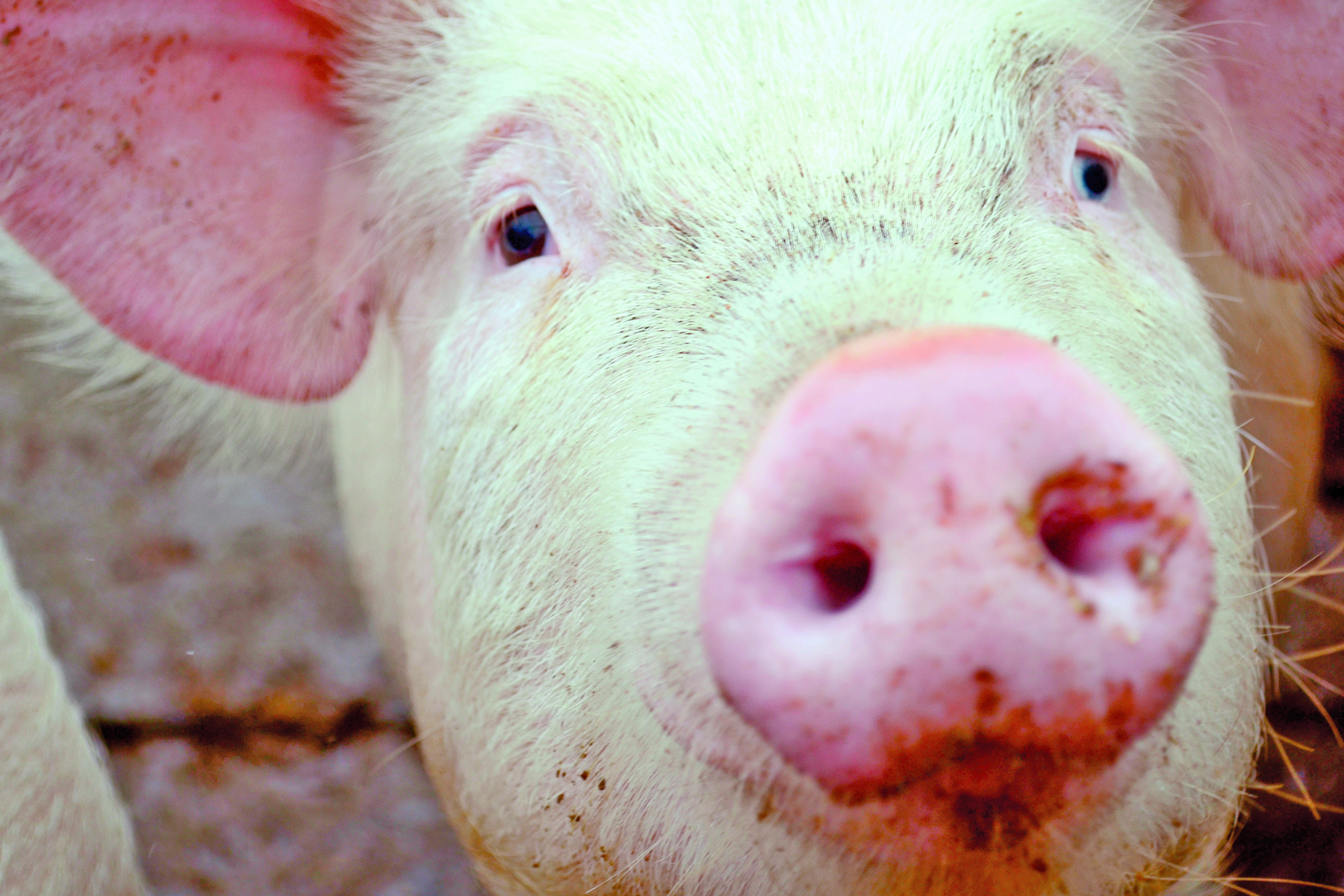

A new livestock strategy should help farmers develop farm structures and prepare themselves adequately for the future. The North Rhine-Westphalian (NRW) Ministry of Agriculture explained the implications of such a strategy for pig farming at a press conference at the end of January. According to Agriculture Minister Ursula Heinen-Esser, pig farming cannot carry on without implementing radical change.
Indeed, the minister has set herself the goal of finding a balance between the increasing requirements of animal welfare, environmental protection, building regulations, the economy, social issues and social acceptance. The new livestock strategy should help farmers develop successful structural changes early on. The development of livestock production will be as comprehensive as possible, and will include possible changes in the existing farm and marketing structures. The ‘barn of the future’ is a cornerstone of this livestock strategy.
Together with the NRW Chamber of Agriculture, the Ministry of Agriculture is currently building new barn systems for pig farming. Two fattening barns at Haus Düsse, an experimental farm of the Chamber of Agriculture in Bad Sassendorf, are planned. These should meet the level-two and -three requirements of the state animal welfare label, and include a completely new outdoor run concept with green, climate-controlled areas and pig toilet. These barn systems will serve as a model for future building projects. The ‘barn of the future’ is to be financed entirely by state funds. The new barns should be ready by 2022.
Another issue the livestock strategy aims to promote is dispensing with tail docking in piglets. It plans to achieve this by improving pig production conditions to such an extent that keeping undocked pigs becomes the norm. Additionally, even more effort should be put into prophylactic measures that address the causes of disease, to further reduce the use of medication in pig farming.
We welcome the emphasis the livestock strategy places on recent developments in feed management and emission reduction methods. It shows that policymakers have now also understood that optimised feeding is the first step to improving sustainability and animal welfare. Let’s do it!